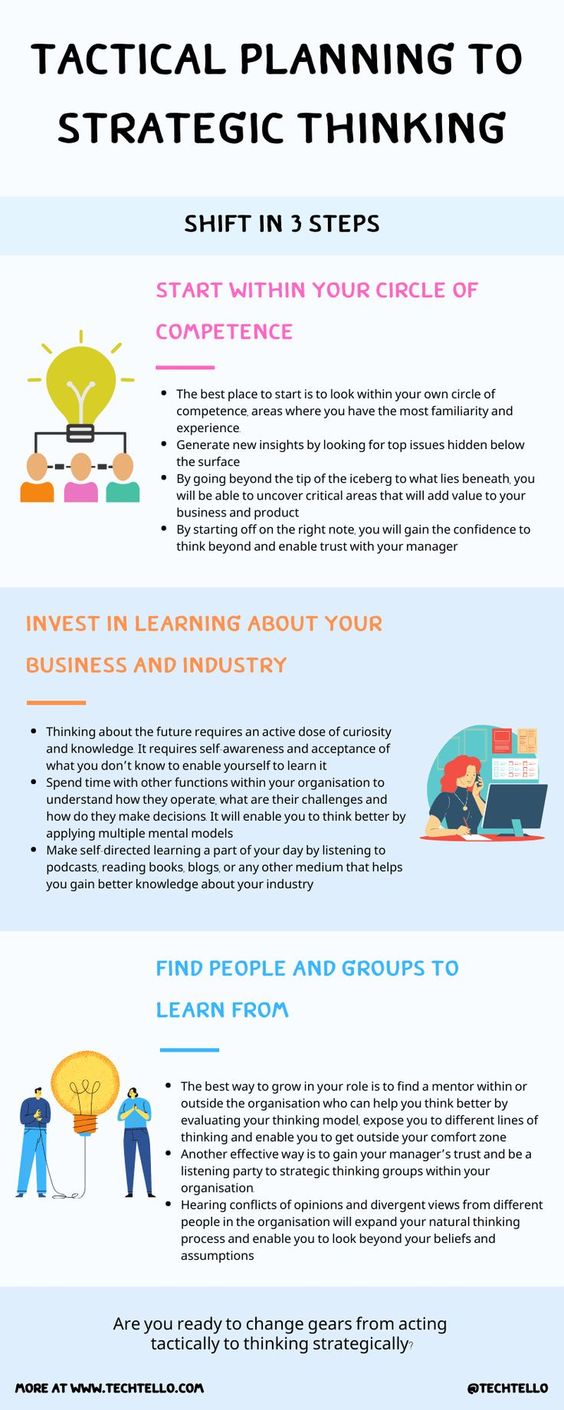Strategic Management Models: An Overview
Strategic management is the process of formulating and implementing strategies to achieve organizational goals. It involves analyzing the company’s internal and external environment, setting goals and objectives, and developing plans to achieve them. There are several strategic management models that organizations can use to guide their decision-making process.
Porter’s Five Forces Model
The Porter’s Five Forces model helps organizations to understand the competitive environment in which they operate. The model includes five forces: the threat of new entrants, the power of suppliers, the power of buyers, the threat of substitutes, and the intensity of competitive rivalry.
SWOT Analysis Model
The SWOT (Strengths, Weaknesses, Opportunities, and Threats) analysis model is a useful tool for organizations to identify their internal strengths and weaknesses, as well as external opportunities and threats. This model enables organizations to develop strategies that capitalize on their strengths, address their weaknesses, take advantage of opportunities, and mitigate potential threats.
Balanced Scorecard Model
The Balanced Scorecard model is a comprehensive approach to strategic management that focuses on four critical areas: financial performance, customer satisfaction, internal processes, and learning and growth. This model aims to balance the organization’s short-term and long-term goals while aligning all its activities and resources towards achieving its strategic objectives.
OKR Model
The Objectives and Key Results (OKR) model is a goal-setting framework that helps organizations to set and track their objectives and key results. This model involves setting ambitious goals and measuring progress towards achieving those goals through specific, measurable, attainable, relevant, and time-bound (SMART) key results.
The BCG Matrix Model
The Boston Consulting Group (BCG) Matrix model is a tool that helps organizations to identify and analyze their portfolio of products or services. The model categorizes products into four categories: stars, question marks, cash cows, and dogs. The model helps organizations to allocate resources and focus on products that are likely to generate high revenue and profitability.
McKinsey 7S Model
The McKinsey 7S Model is a framework for analyzing the internal elements of an organization. This model defines seven factors that must be aligned and optimized for an organization to be successful: strategy, structure, systems, shared values, skills, staff, and style.
The Ansoff Matrix Model
The Ansoff matrix model is a strategic planning tool that helps organizations to identify potential growth opportunities. The matrix defines four growth strategies: market penetration, market development, product development, and diversification. This model helps organizations to choose the most appropriate growth strategy based on their current position in the market.
You might find these FREE courses useful
- Top Essentials Of Management And Strategic Planning Courses – Learn Essentials Of Management And Strategic Planning Online
- Strategic Career Self-Management
- Strategic management: Be competitive
- Strategic Leadership and Management Capstone
Business Model Canvas
The Business Model Canvas is a tool for developing and visualizing business models. The model includes nine components: customer segments, value propositions, channels, customer relationships, revenue streams, key activities, key resources, key partnerships, and cost structure. This model helps organizations to develop, analyze, and refine their business models.
In conclusion, strategic management is a critical process for any organization that aims to achieve its goals and objectives. By using the right strategic management model, organizations can analyze their internal and external environment, identify growth opportunities, set goals, develop plans, and execute strategies that maximize their performance and success. The strategic management models discussed in this article provide organizations with various frameworks to guide their decision-making process and achieve their strategic objectives.
